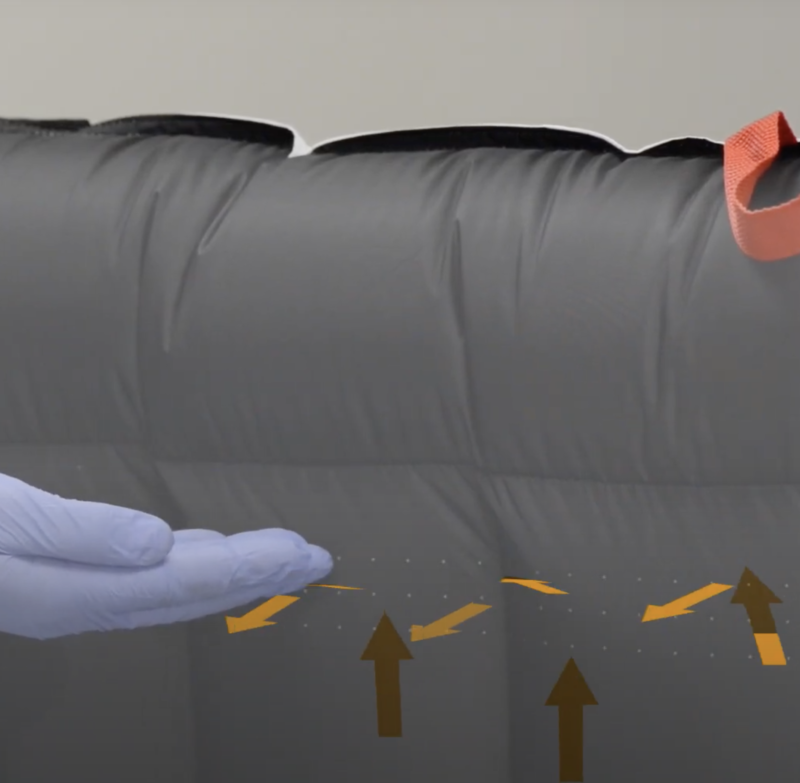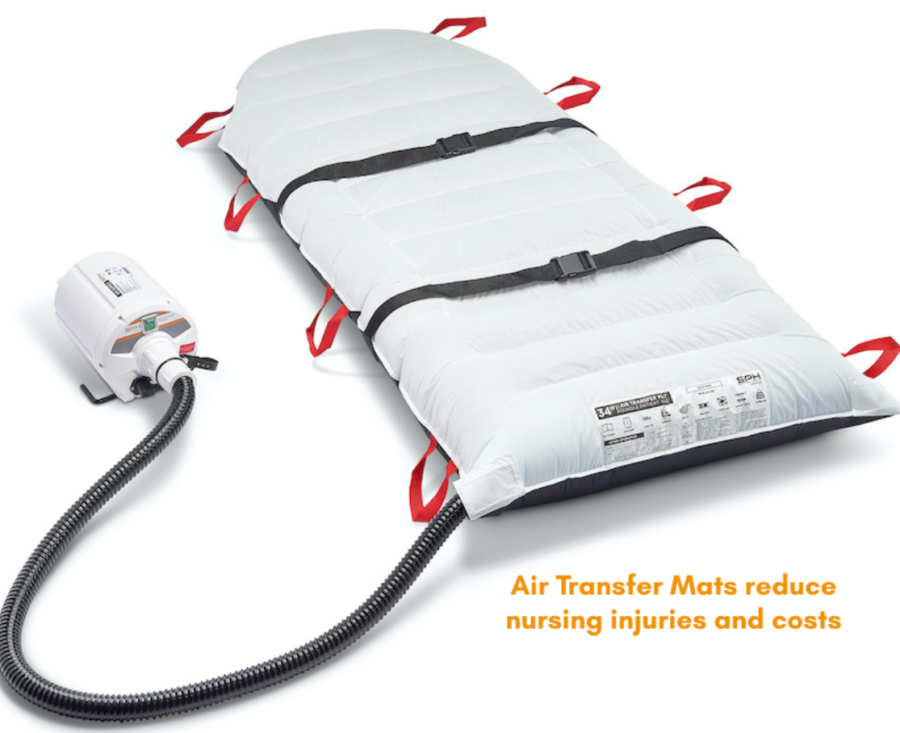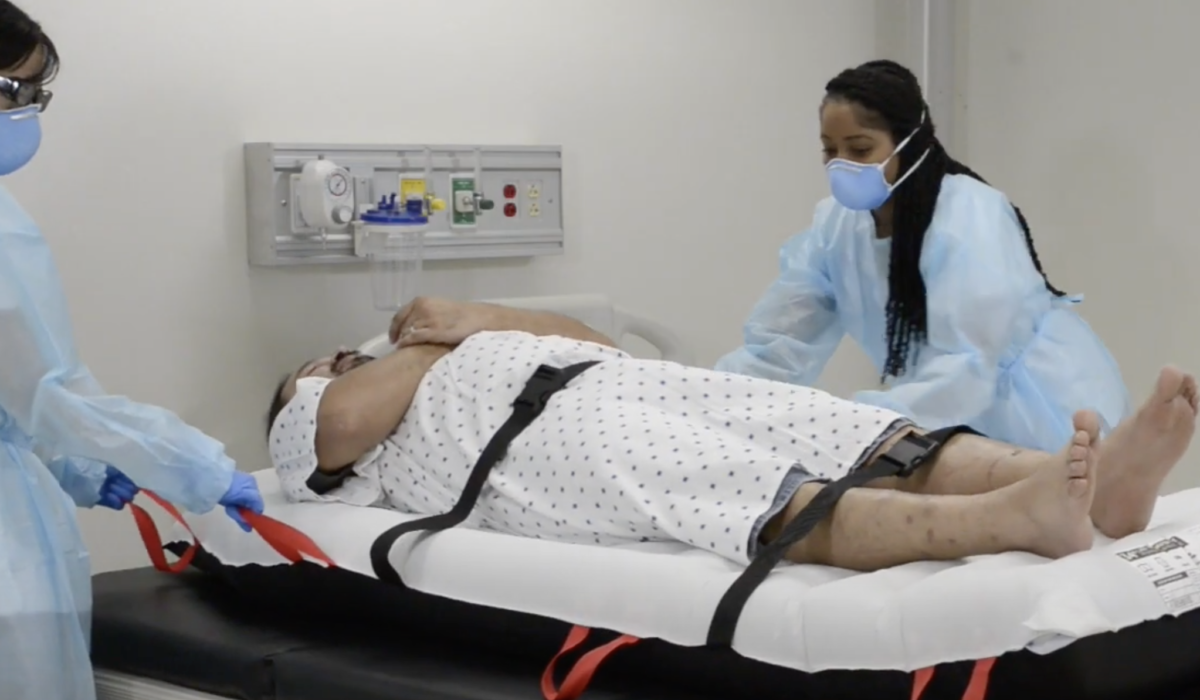Nurses and caregivers are often faced with the challenge of transferring patients from a bed to a stretcher without risking injury to themselves or the patient. Fortunately, the invention and the benefits of Air Transfer Systems has revolutionized patient care and provided a safer and more efficient way to transfer patients. In this article, we’ll explore the benefits of Air Transfer Systems, how they work, and why they are one of the most successful methods of transferring patients without injury.
Air Transfer Systems work by using a mattress that inflates with air, lifting the patient and eliminating friction. This makes it much easier for nurses to transfer and reposition patients, reducing the risk of injury to both the patient and the caregiver. The air mattress is supported by tiny pinholes on the underside of the mattress, which help regulate air flow and provide a comfortable and safe surface for the patient.
mattress, which help regulate air flow and provide a comfortable and safe surface for the patient.
Counting the Benefits of Air Transfer Systems
There are two types of Air Transfer Mattresses: reusable and disposable. Reusable mattresses are cleaned and disinfected between patients, while disposable mattresses are used only once and then thrown away. Both types have their advantages and are commonly used in hospitals around the world.
One of the biggest benefits of Air Transfer Systems is the reduced risk of injury. Lifting and transferring patients can be dangerous for both the patient and caregiver. Using an Air Transfer System eliminates the need for lifting, reducing the risk of injury for both parties. This has a positive impact on patient care and staff efficiency.
Another benefit of Air Transfer Systems is the reduced use of manual labor. Transferring patients manually can take a lot of time and strength from caregivers, which leads to fatigue, overexertion, and injuries. With an Air Transfer System, the patient is easily and quickly moved without much effort from the caregiver. This saves time, energy, and reduces the need for additional staff members in the transfer process.
Air Transfer Systems are also cost-effective. Considering the coverage and utility of a single air transfer system, they may be considerably more cost effective than mobile patient lifts and slings. While the initial investment for purchasing the system for an entire hospital may seem high, the long-term savings are significant. Switching to Air Transfer Systems can reduce the number of work-related injuries, which can save money on workers compensation costs, medical expenses, and insurance premiums. And experts have said that the indirect cost of workplace injuries may be 6-10 times the cost of the direct medical expenses.
In conclusion, Air Transfer Systems have become an essential tool for patient care and staff efficiency. They are safe, efficient, cost-effective, and have revolutionized how patients are moved and transferred in hospitals around the world. By reducing the risks of injury, the use of manual labor, and providing a comfortable and safe surface for patients, Air Transfer Systems have significantly improved patient care and staff working conditions. If you are a hospital purchasing director or a nurse, consider investing in Air Transfer Systems to protect your staff and patients and provide top-quality care.
For more information about the single patient use Air Transfer Mattress and the cost savings of using these with your existing blowers and how they can benefit your healthcare facility please contact SPH Medical today.

